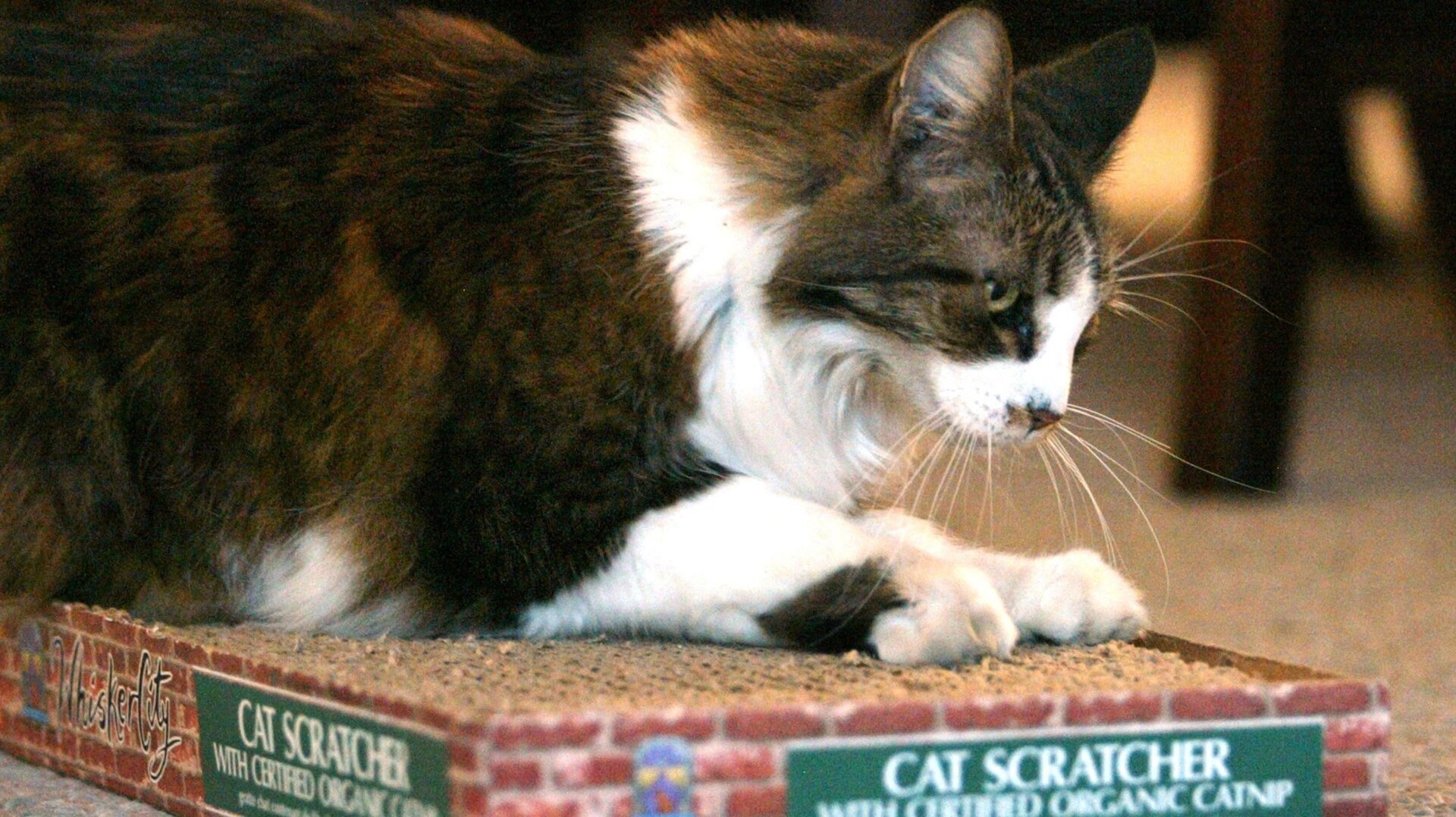Cats are beloved companions, but their natural scratching behavior can wreak havoc on furniture. A recent study reveals key factors influencing this unwanted scratching, offering science-backed strategies to help cat owners maintain a harmonious home.
Understanding why cats scratch is the first step to addressing the issue. Cats scratch for a variety of reasons, including marking their territory, stretching their muscles, and maintaining claw health. While this behavior is instinctive, it can be redirected. A new study, published in Frontiers in Veterinary Science, sheds light on the factors that contribute to unwanted scratching, providing valuable insights for cat owners.
This research, conducted by veterinary scientists from Turkey, Portugal, and France and funded by Ceva Santé Animale, involved an online survey of over 1,200 cat owners in France. The survey explored various aspects of the cat’s environment, daily routine, and scratching habits.
 Cheddar ‘Chiz’ Cara, noted cat and non-problematic scratcher.
Cheddar ‘Chiz’ Cara, noted cat and non-problematic scratcher.
The study identified several key factors linked to unwanted scratching. Some cats exhibited a natural predisposition, often described by owners as “aggressive” or “disruptive.” However, external factors also played a significant role. The presence of young children in the home, extended playtime sessions, and increased nighttime activity were all correlated with increased scratching.
The researchers emphasized the complex nature of this behavior, highlighting the importance of understanding both the cat’s individual characteristics and its environment. While factors like having children are not easily changeable, addressing stress emerges as a crucial intervention.
Overly long playtime can overstimulate cats, leading to stress-induced scratching. Similarly, the presence of children, while enriching, can also contribute to a more stressful environment for feline companions. Further research is needed to fully understand this dynamic.
 A cat scratching a scratching post.
A cat scratching a scratching post.
The study suggests several strategies to mitigate stress and redirect scratching behavior. Providing ample safe spaces, like cozy nooks and elevated perches, allows cats to retreat and de-stress. Breaking playtime into shorter, more frequent sessions mimics natural hunting patterns and prevents overstimulation. Strategically placed scratching posts, particularly in high-traffic areas, encourage appropriate scratching habits.
Lead author Yasemin Salgirli Demi̇rbas, a veterinary researcher at Ankara University, emphasizes the practical implications of these findings. By understanding the factors that influence scratching, caregivers can implement effective strategies to redirect this behavior and create a more harmonious living environment.
By implementing these science-backed strategies, cat owners can protect their furniture while ensuring their feline companions’ well-being. Providing appropriate outlets for scratching, minimizing stress, and understanding your cat’s individual needs are key to fostering a happy and scratch-free home.











